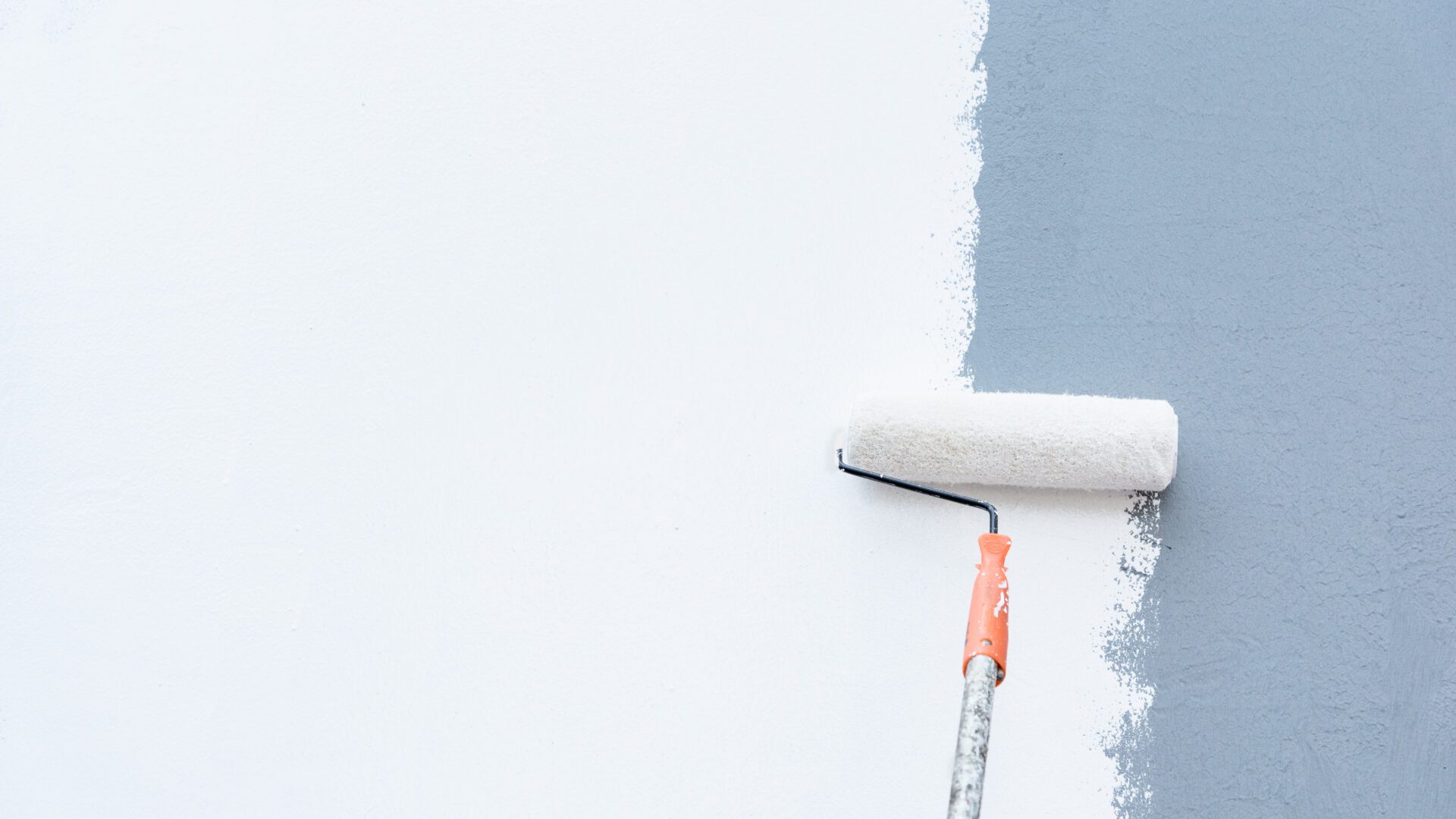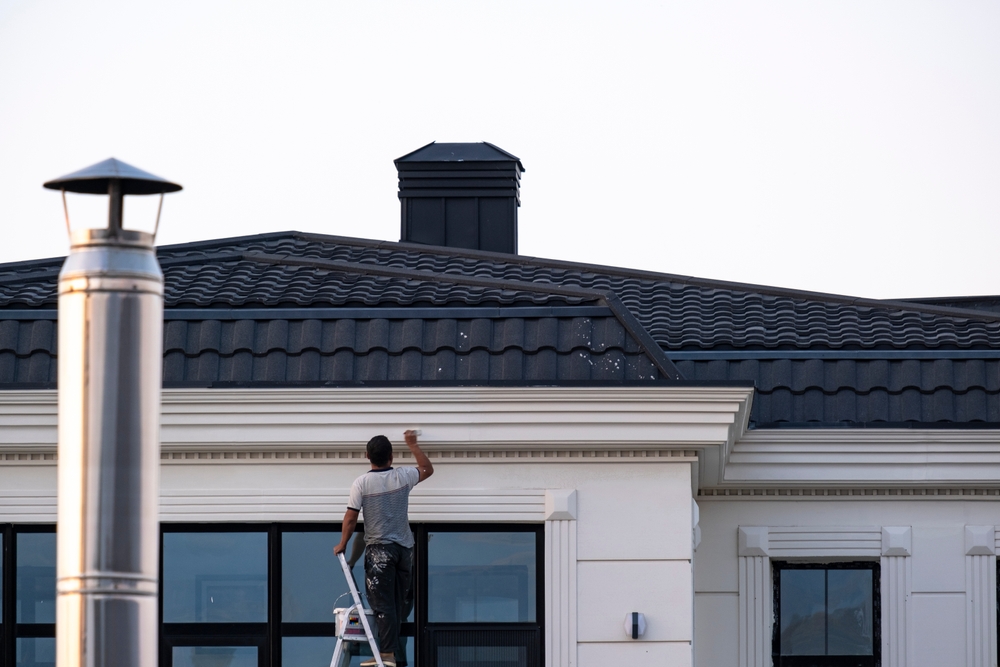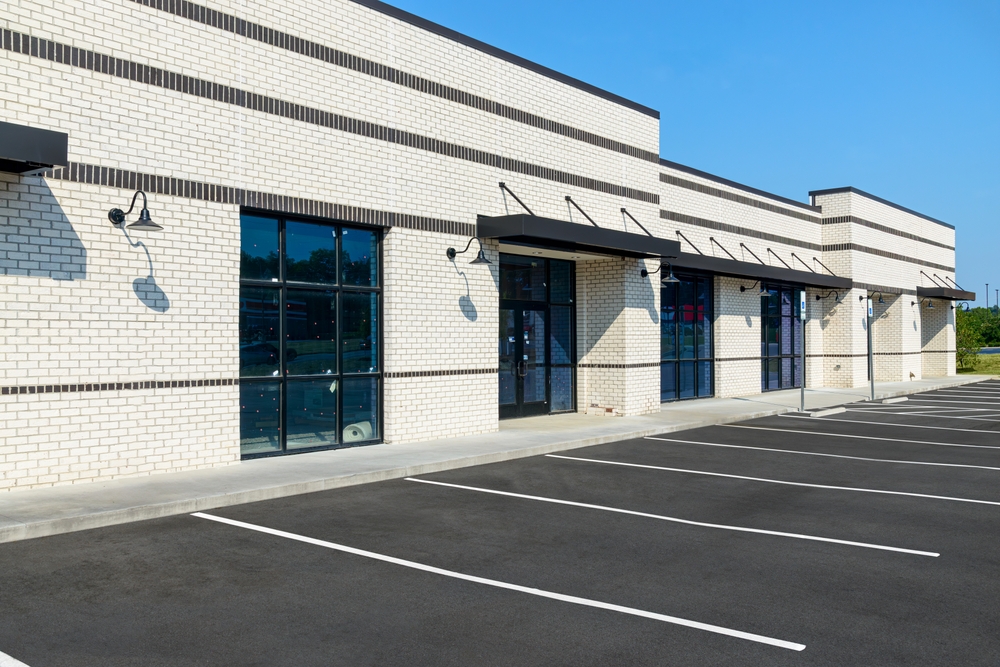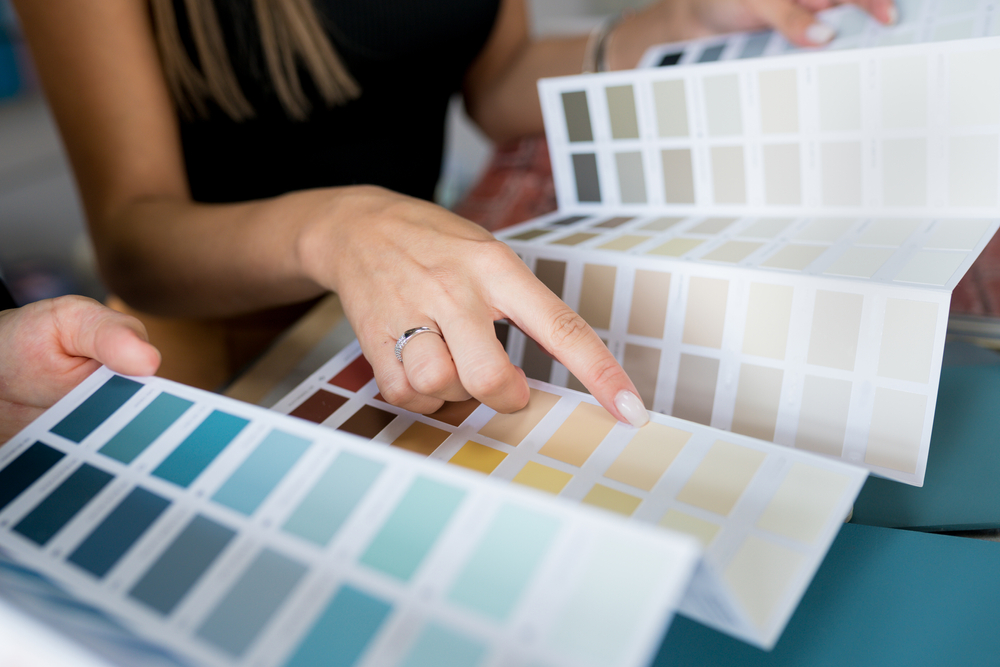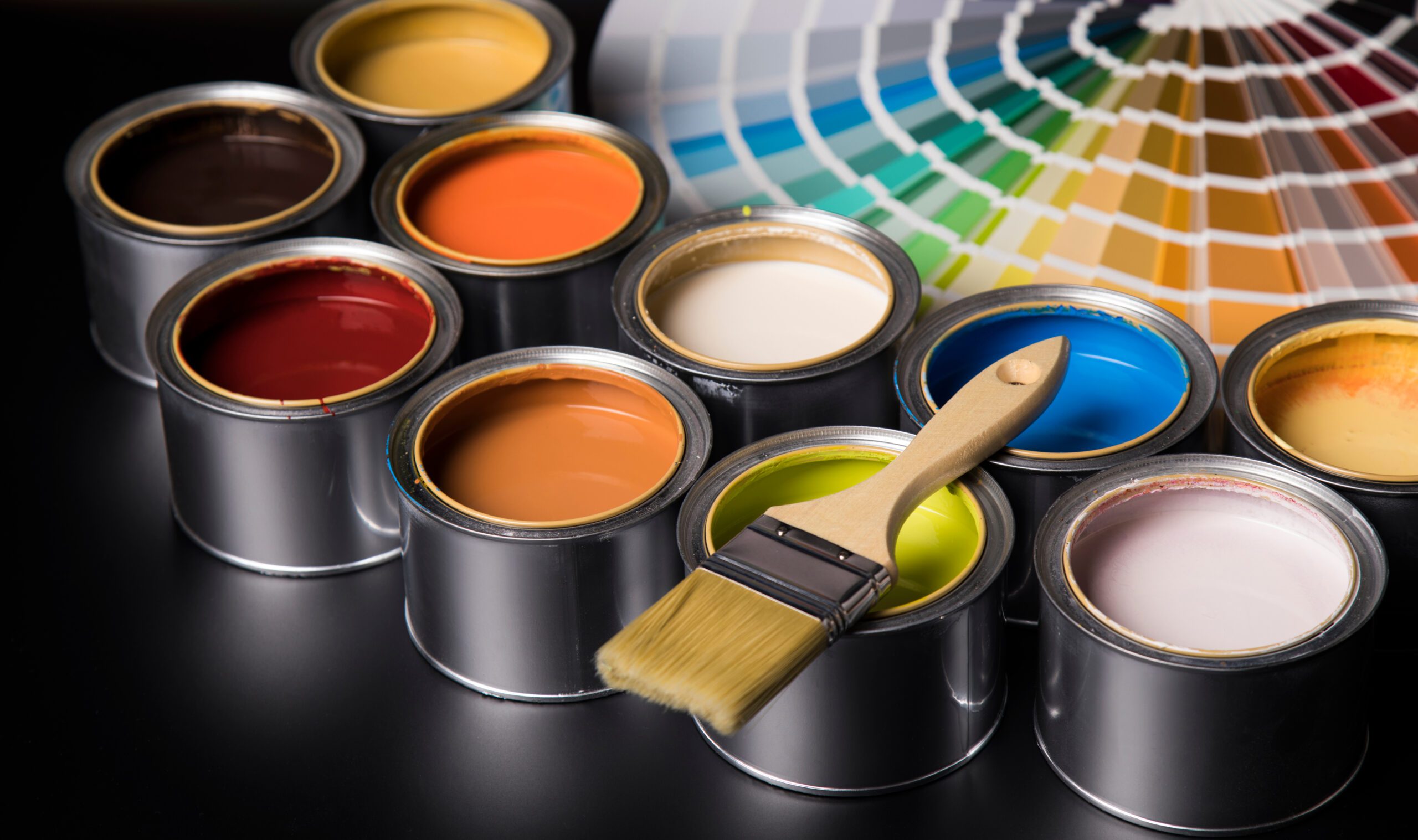How often should you paint the exterior of your house? It’s a question many homeowners grapple with, balancing curb appeal with budget realities. While a fresh coat of paint can do wonders for your home’s aesthetic appeal and value, it’s not a project you want to do more often than necessary. The truth is, there isn’t one magic number.
Several factors influence the ideal repaint schedule. This includes everything from the type of siding you have to the climate you live in and even the quality of your previous paint job. But fear not, because understanding these factors can help you determine the right time for a refresh, saving you money and potential headaches down the line. Let’s take a look at the key elements affecting how often you should paint the exterior of your house.
Decoding the Paint Lifespan: Key Factors to Consider
Painting your house exterior doesn’t have to be daunting. Let’s break down the key factors influencing paint lifespan.
1. Siding Type: Your Home’s Outer Armor
Your home’s siding is your first line of defense against the elements and plays a significant role in determining paint lifespan. Certain materials naturally weather better than others. Here’s a general guide:
- Wood Siding: 3-7 Years
- Aluminum Siding: 5-10 Years
- Stucco: 5-10 Years
- Brick: 10-15 Years (consider pressure washing every 3-5 years)
- Cement Fiberboard: 10-15 Years
However, remember, these are just averages. Factors like sun exposure, extreme temperatures, and even local humidity can shorten these timeframes, so adjust your repainting schedule accordingly. Harsh winters can also impact how long your paint lasts.
2. Climate: Mother Nature Has Her Say
Living on the coast, constantly battling salty air? Your paint will likely require more frequent touch-ups than a home nestled in a mild, dry climate. Think about the everyday elements impacting your house:
- Intense Sun: The sun’s UV rays gradually fade and deteriorate even the most durable exterior paint, causing it to lose vibrancy and protection. Painting professionals often note that homes facing south or west see the most sun damage.
- Moisture and Humidity: These conditions create a breeding ground for mildew and mold, impacting your paint’s appearance and longevity. Excess humidity can also cause paint to bubble and peel. Strong winds can also cause damage over time.
- Extreme Temperatures: From scorching summers to freezing winters, temperature fluctuations put stress on exterior paint, making it contract and expand, eventually leading to cracking and peeling.
3. Paint Quality: Investing in Longevity
We’ve all heard the saying, “You get what you pay for”. This rings true with exterior paints. Higher-quality paints are formulated with better ingredients and provide longer-lasting protection and color retention. For example, high-quality paint, like Sherwin Williams paint, can last as long as 10-12 years.
Conversely, cheaper paints may fade, chip, or peel within a few years, forcing you into a repaint sooner. Investing in premium paint initially, while seeming costlier upfront, often translates into savings in the long run because of its greater durability. Choosing the right paint color can also have an impact on how often you need to repaint.
4. Previous Paint Jobs: A History Lesson
Multiple layers of old paint may seem like added protection. However, too many can actually hinder your exterior’s breathability and trap moisture, leading to peeling and chipping. Before repainting, it’s crucial to assess your home’s paint history. Consider these questions:
- Do you know what type of paint was used previously?
- Were the surfaces prepped properly last time?
- How many paint layers exist?
If your home has a complex paint history, consulting with a professional painting contractor for assessment might be beneficial. Knowing how many coats of paint are on your home will give you a better understanding of its condition.
Beyond Aesthetics: When Repainting Becomes Essential
Of course, visual cues are the most obvious signs your home needs repainting. Look for:
- Fading and Discoloration: This is often a sign of sun damage.
- Chalking: When your siding feels powdery to the touch. It indicates paint deterioration.
- Cracking, Peeling, or Blistering: Clear signs that the paint has lost its bond and is failing. You may also see signs of wood rot if the paint is peeling.
Beyond just the look, though, certain situations often necessitate repainting sooner. For instance, you’ve recently repaired damaged siding, you’re selling your home, or maybe you just want a fresh look. These circumstances usually mean prioritizing that fresh coat. If you are seeing flaking paint, that’s also a good indication that it’s time for new paint.
The Primer Factor: Laying a Solid Foundation
You might be tempted to skip the primer to save time and money. But remember a quality primer provides a sound base for the new paint, ensuring proper adhesion and enhancing longevity and color accuracy. Choosing a primer formulated for your specific siding material, such as wood siding, is essential. Skipping the primer, although tempting, often results in uneven color coverage, particularly if the new paint shade differs from the previous one.
And, when tackling your painting project, it’s wise to hire reputable exterior painting contractors to ensure high-quality paint application. They bring knowledge about proper preparation, including pressure washing, and application techniques. And let’s be honest, many find tackling such a task overwhelming. Contact us so we can talk about the options you have when it comes to house painting.
FAQs about how often should you paint the exterior of your house
How long should an exterior house painting last?
Generally, an exterior house painting job should last between 5-10 years depending on a variety of factors. But this can significantly vary depending on various factors such as the siding material, the quality of the paint used, the climate you live in, and how well the house was prepped before painting. Exterior paint acts as a protective barrier from the elements.
How often should you paint the outside of your house?
There’s no one-size-fits-all answer. Most experts recommend repainting every 5-10 years. This ultimately depends on the condition of the current paint. Consider factors like your local climate, siding type, and paint quality. Regular inspections can help determine if your home needs a refresh. You’ll want to pay attention to areas like wood trim that may need to be painted more often.
Can exterior paint last 20 years?
It’s unlikely. While certain premium paints under ideal circumstances might approach that timeframe, numerous factors influence paint degradation. Exposure to elements, improper preparation, or using lower-quality paint drastically shorten the lifespan, making 20 years highly improbable. It’s generally recommended that you repaint your home’s exterior before it gets to that point.
What is the best month to paint outside?
The ideal painting time minimizes rain risk and offers moderate temperatures and humidity levels, which aid in proper drying and a smooth surface finish. While this varies based on your location, generally, late spring and early fall often provide the sweet spot. Avoiding the scorching heat of mid-summer, which can cause paint to dry too rapidly and crack, and the frigid winter temperatures that hinder drying and proper curing, is crucial for a successful exterior paint job. For exterior house painters in New Britain, PA, we recommend the early and late summer months, like May and September.
Looking for a professional exterior house painter in Montgomeryville, PA? Contact us today for a free consultation, and let us bring your vision to life.
